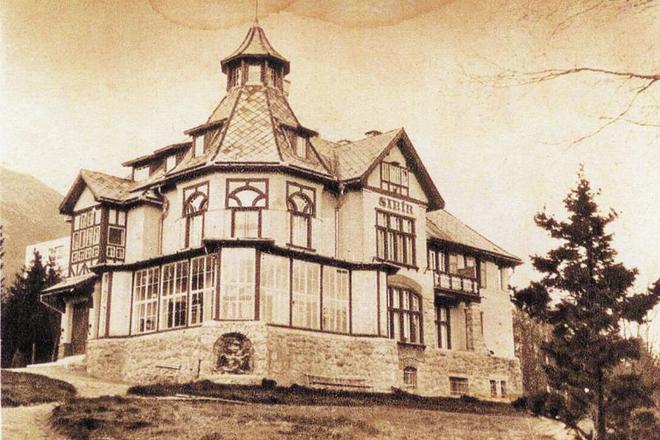IN 1907, Count Teleki had a luxury villa built for his wife in the Tatra tourist resort Nový Smokovec. The building was named Szikra (meaning sparkle in Hungarian; Iskra in Slovak) which was not accidental: Countess Júlia Kende – Teleki used it as her pen name.
The noble couple stayed at the villa often, especially in summer. The Count – head of the Great-Hungarian Carpathian Association – and his wife would invite an array of interesting guests there. The aristocratic idyll lasted until the dissolution of the Austro-Hungarian Empire in 1918, as a result of which the Telekis lost their villa.
In 1920, the Bank of Czechoslovak Legions in Prague took up ownership of the villa. The still-fresh events of World War I also caused the change of the villa’s name. Charlotte Garrigue Masaryk, the wife of the first Czechoslovak president, proposed that it be renamed Siberia / Sibír. This name may have reminded some of the dramatic military advance of the Czechoslovak Legions in Russia during the war.
Since 1952, Siberia has been in use as a nursery school. This photo of the villa dates back to the period around the end of World War II.

